
Throughout history, some royal mistresses wielded far more influence than their powerful lovers, holding the reins of power behind the scenes. In many instances, their involvement played a pivotal role in governance, diplomacy, and dynastic ambitions. Let’s look at ten such women who redefined authority and left a permanent mark on history.
Alice Perrers

Alice Perrers rose from royal mistress to courtroom force, swaying rulings and amassing vast wealth during Edward III’s final years. Her unchecked power drew outrage. In 1376, Parliament intervened—banishing her, seizing assets, and even passing laws to curb future royal mistresses’ political reach.
Agnes Sorel
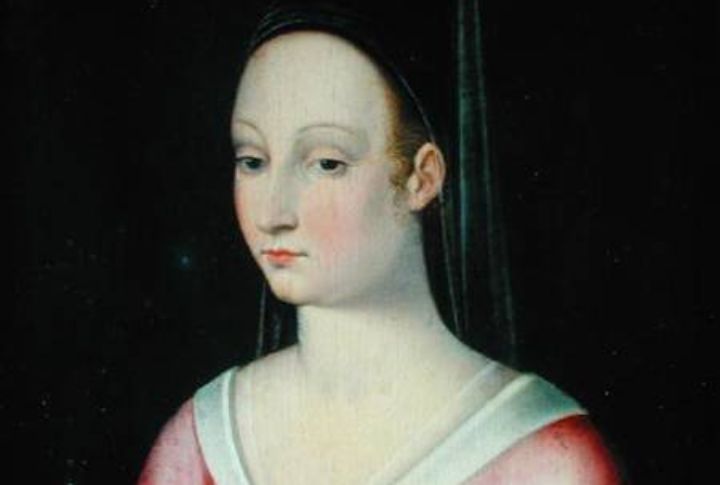
Agnes Sorel wasn’t content to sit on the sidelines. The woman supported Charles VII’s reforms, stood by him during military campaigns, and had a significant role in court appointments. People noticed as she blurred the lines between companion and advisor, setting a new standard in 15th-century France.
Jane Shore
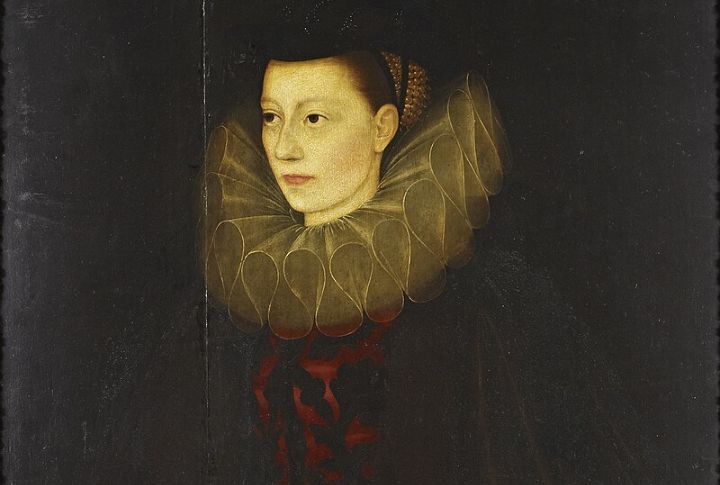
Even after Edward IV’s death, Jane Shore didn’t fade into obscurity. She served as an intermediary between competing political groups, assisting in the resolution of disputes. Her influence in managing such a volatile political terrain reveals a level of power that went far beyond her romantic ties.
Diane De Poitiers
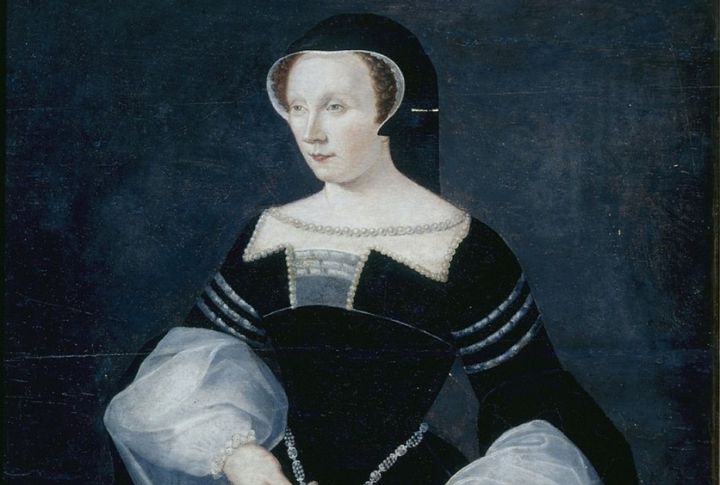
Diane had more than charm; she had real power. Henry II trusted her with matters of state, letting her help run the government from the sidelines. Whether it was picking advisors or managing France’s public image, her influence ran deep.
Katherine Swynford
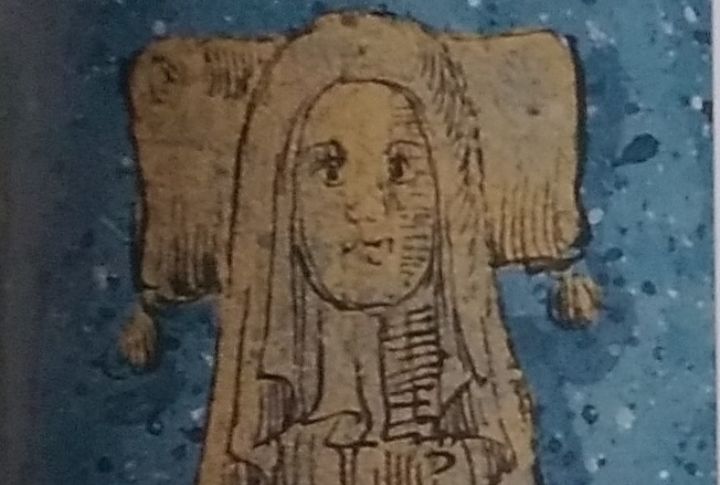
Katherine Swynford’s long relationship with John of Gaunt eventually shifted from personal to dynastic. The children she had with him were later legitimized, establishing the Beaufort line that produced the Tudor monarchs. Through careful negotiation, Swynford even positioned herself and her descendants at the heart of English succession.
Gabrielle D’Estrees

As Henry IV grappled with the turbulent political climate, Gabrielle d’Estrees became a powerful advisor, influencing his conversion to Catholicism and supporting key policies aimed at unifying France. The strategic placement of her loyal allies even helped stabilize the monarchy and strengthen its foundation.
Barbara Villiers
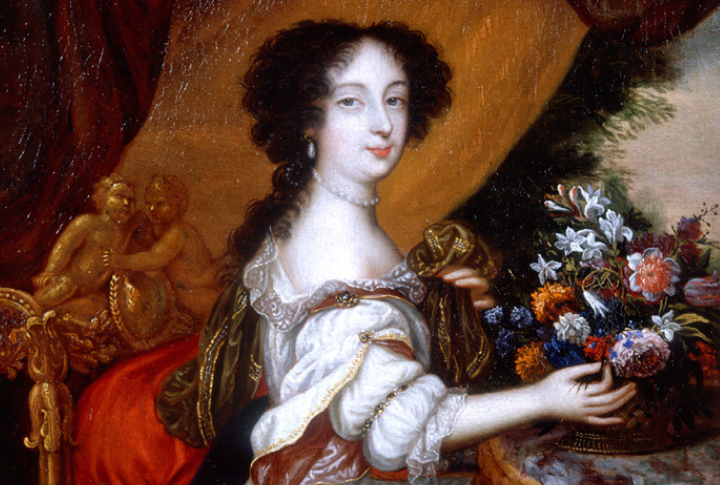
Skillfully handling the complex dynamics of court life and maintaining royal favor despite numerous scandals, Barbara Villiers secured titles and political favors for herself and her allies. Through her connection with Charles II, she secured a powerful foothold in 1660s England, playing a central role in the politics of the newly restored monarchy.
Madame De Pompadour
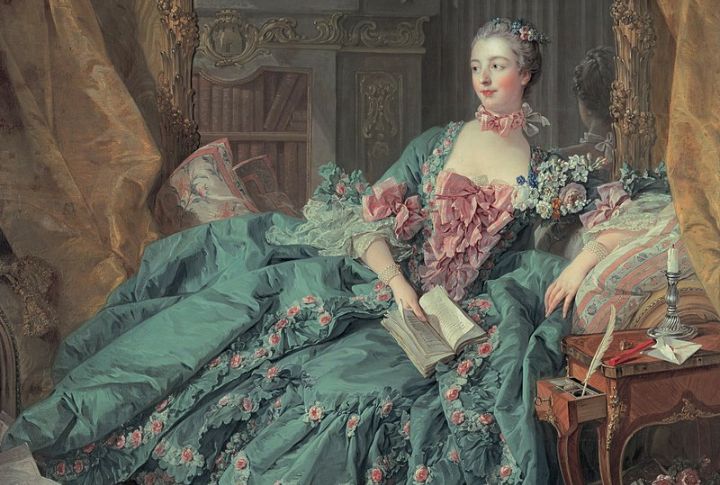
As Louis XV’s trusted advisor, Madame De Pompadour shaped key decisions on military strategy, cultural affairs, and the selection of ministers. Enlightenment thinkers were championed, and public perception was managed through strategic patronage and censorship. This enduring political influence stemmed from her intellect and organizational prowess, not temporary affection.
Lola Montez
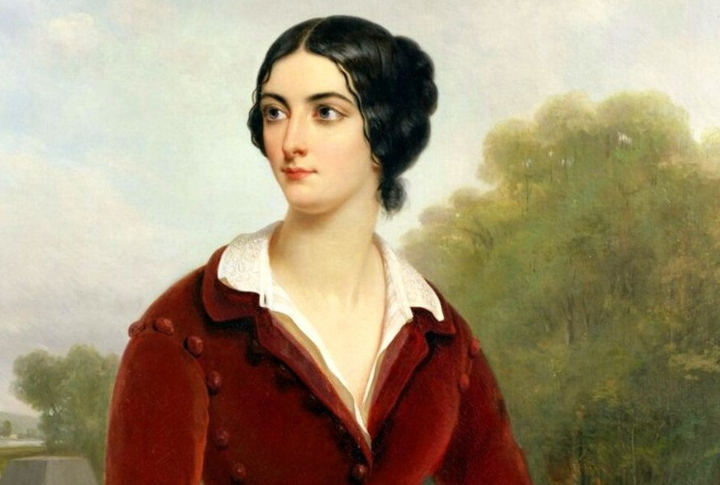
Few royal companions altered a monarchy as much as Lola Montez. During her time with Ludwig I of Bavaria, Montez steered key appointments and shaped policy direction. Her influence became so polarizing that it sparked public outrage and political upheaval, eventually forcing the king to abdicate.
Roxelana
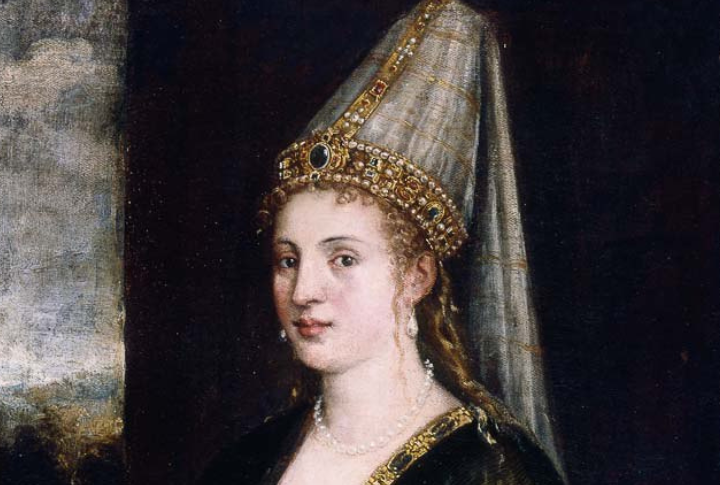
Rising through the ranks of the Ottoman court, Roxelana gradually gained influence over Suleiman the Magnificent and his imperial policies. She met with foreign leaders, managed charitable foundations, and even helped shape the royal succession. What she did beyond the palace made one thing clear: this woman was no figurehead.

